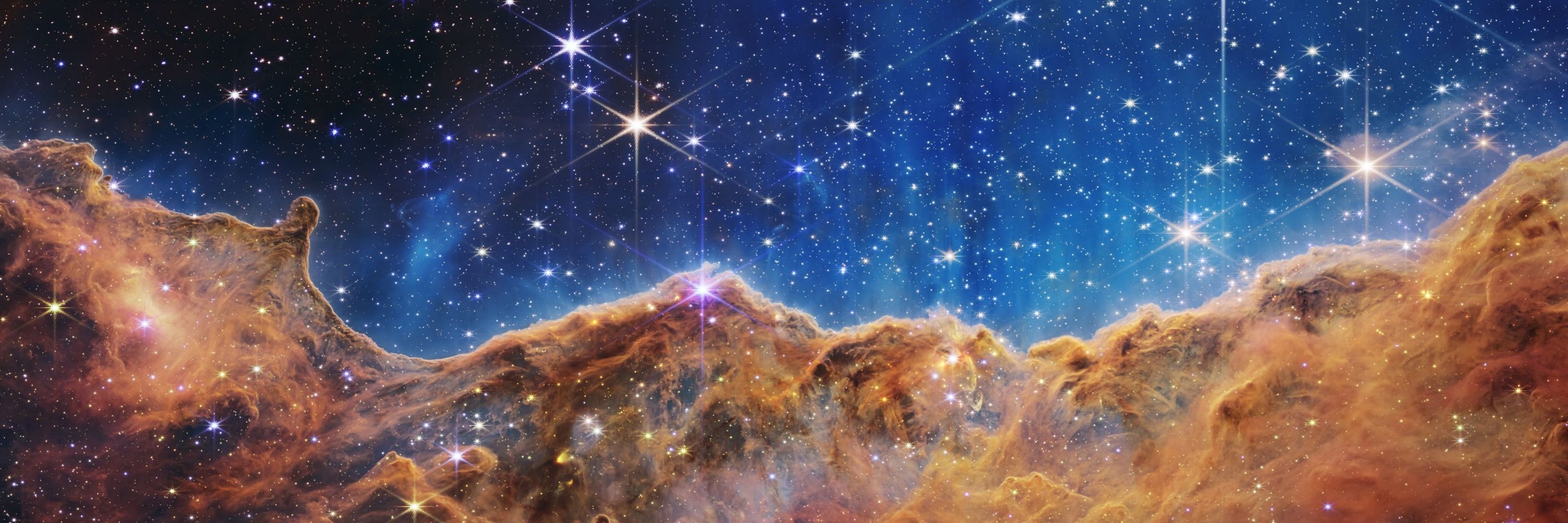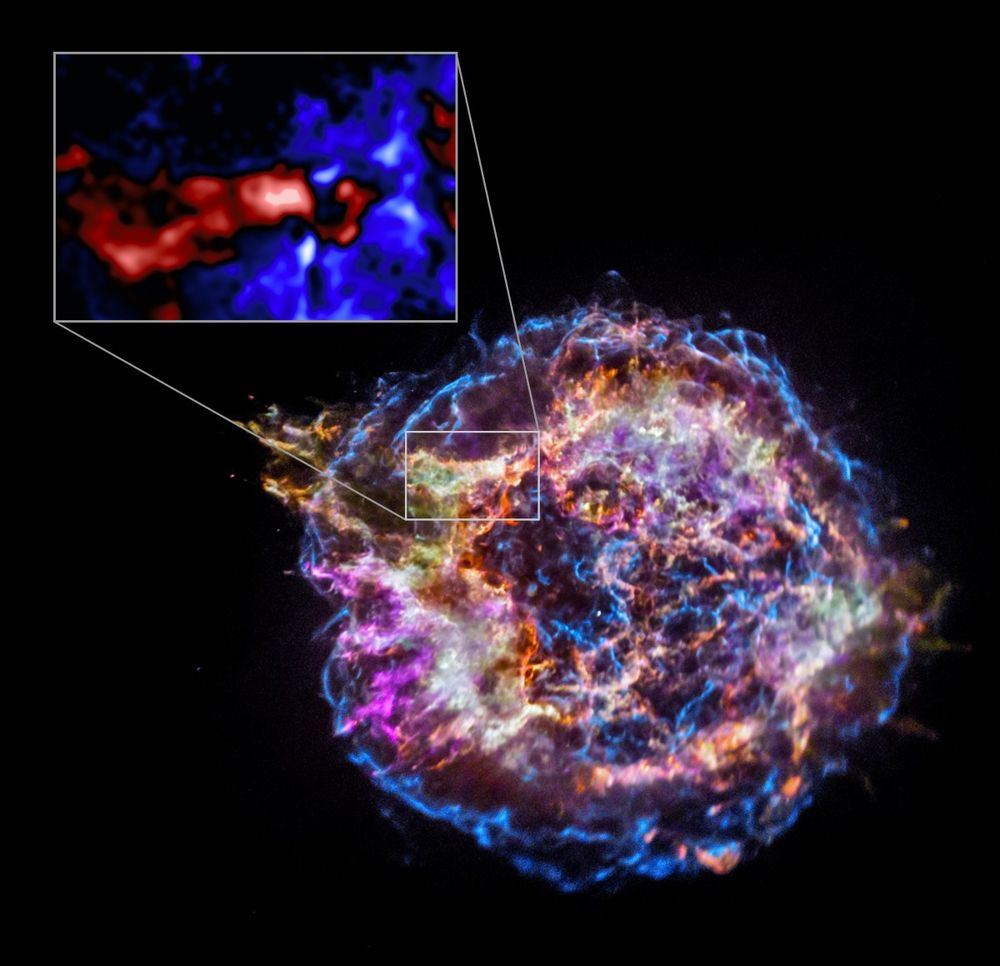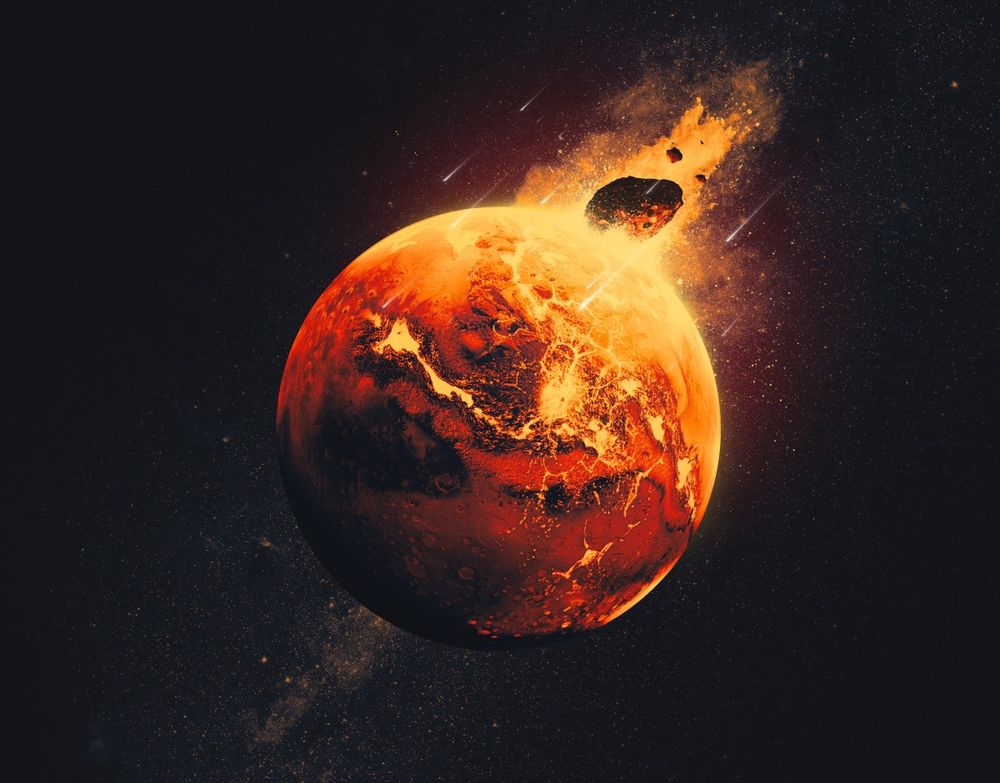Astronomy 🔭
@astronomy.bsky.social
31K followers
10 following
660 posts
Facts, Information, and Images related to Space and Astronomy.
Copyright with respective people and organizations shared for educational purposes.
Posts
Media
Videos
Starter Packs
Astronomy 🔭
@astronomy.bsky.social
· Aug 14

Proposed spacecraft could carry up to 2,400 people on a one-way trip to the nearest star system, Alpha Centauri
The design for a 36 mile long spacecraft, called Chrysalis, includes libraries, tropical forests and structural manufacturing facilities, all supported by artificial gravity.
www.livescience.com
















